We met Kimmie Rice at her home base; Sage Plant-Based Bistro & Brewery’s Echo Park location, where she brews the beer for Sage’s four LA County locations. Kimmie immediately came out from behind the bar, where the production facility is inconspicuously tucked, to greet us with a flight of beers and some buffalo cauliflower wings. The plant-based bistro’s ethos reverberated throughout our interview with the talented Rice, head brewer of Sage Brewery, with their lineup of beers and kombuchas embodying sustainability. Sage’s – and Rice’s – message is proof of how adventurous you can be with brewing while still making a positive impact on the planet.
This interview has been lightly edited for clarity and length.
As told to Mark Smolyar and Cambria Findley-Grubb for Hopped.
HOPPED: So as we work through this flight you poured us, what’s your favorite type of beer to get when you visit a new brewery?
KIMMIE: I lean toward anything adventurous. I tend to always get a flight at a brewery. Usually a lager, an IPA, a sour, and a stout to run the gamut of what they have to offer.
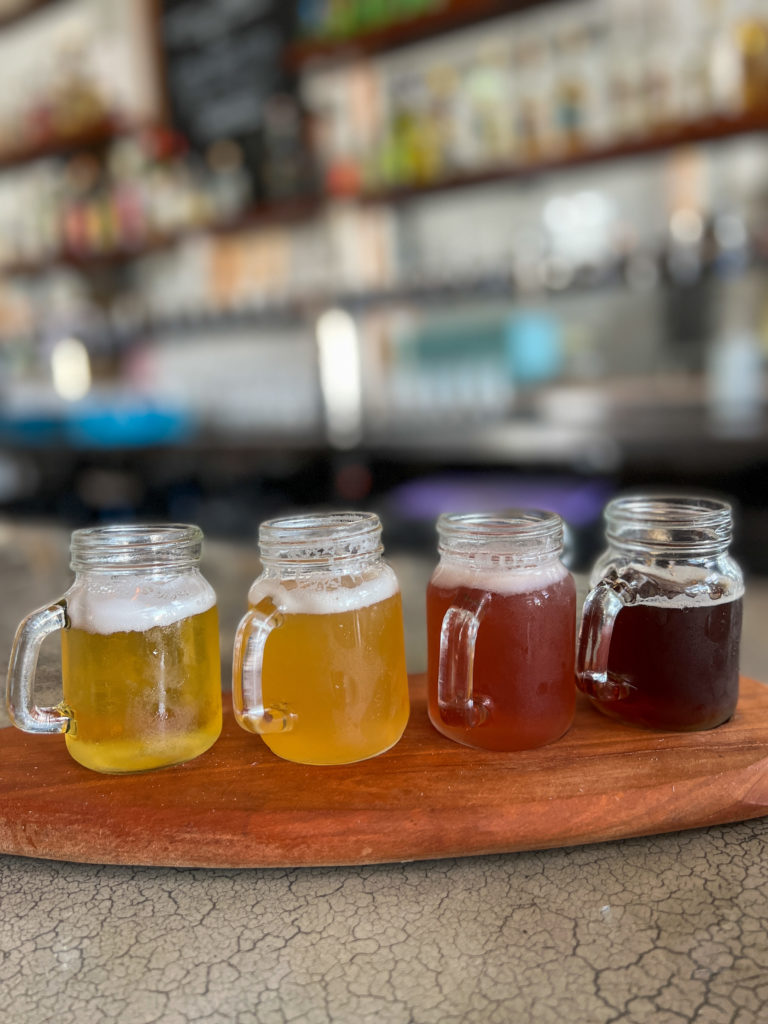
HOPPED: Well that diversity of flavors definitely shows here, including with your own cola and kombucha. I like putting the natural cola in the flight board because I think it explains the sensibilities behind your beer. You can tell you’re using natural ingredients and trying new things. But obviously, we want to talk about the path you took to get here.
KIMMIE: Like a lot of people in brewing, I had quite a zigzag of a career. I went to grad school for a film degree and worked in film for 10 years. During that time, I was always interested in craft beer. I have to give a shout-out to Sunset Beer Co. because I used to write there all the time, and grab a beer at the end so they facilitated my interest in craft beer. And I had this one-gallon kit I’d never been brave enough to use and at that time I had just started working at Sage while doing some film freelancing and writing. I met our Beverage Director Trevor Ryan who also worked at Sage and was telling him I wanted to start brewing more but it’s intimidating to do by yourself. So he was like, “We could do it together but we’re starting on my brand new five-gallon kit.”
HOPPED: Did you brew anywhere else before you jumped into developing the brewery program here?
KIMMIE: Nowhere else. I would not recommend that. I literally didn’t know how to use a tri-clamp when I started. It was a huge learning curve. Pretty soon into home brewing, we knew Sage owner Mollie Engelhart wanted to open a brewery in the future, so we started brewing weekly, trying to form those recipes into something that we could eventually use there. An opportunity arose when the pawn shop that had been next to Sage Echo Park for thirty years closed and we took over the space and began to build out our brewery.
At first, I thought it was going to be a survival job, but then I really fell in love with the community and the learning process of taking on a new career. We had originally planned to bring in a Head Brewer, but by the time we upgraded to our “big” system, we had already been brewing commercially for over a year. I officially became the Head Brewer around 2018.
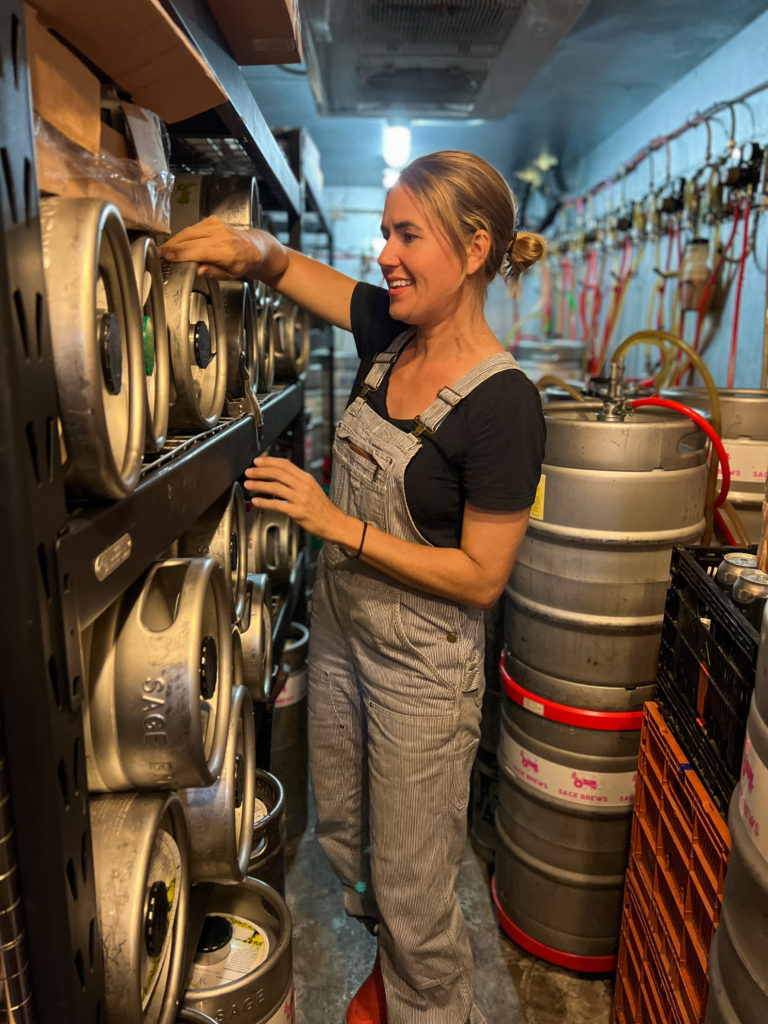
HOPPED: What do you think was the biggest part of the learning curve in moving from your small batch system to being the Head Brewer at Sage?
KIMMIE: I think accepting that you’re probably going to be the plumber, the electrician, the everything for the first stretch of the brewery, and then learning when it’s time to ask for help and when to hire people. Asking my peers – that was a big learning jump for me when I started making some connections through Pink Boots and through the Brewers Guild. And those people have helped me so much. For a while, it was hard to ask questions and I felt very lonely but once you realize everybody is kind of going through a similar experience and they want to help, I think that that opened up some doors for me.
HOPPED: It is a pretty singular experience to have such an intimate relationship with the ingredients you’re putting into beer. In Sow a Heart farm, both the restaurant and the brewery at Sage have a one-on-one partnership with the 18-acre farm in LA County. How did that learning process of figuring out how the farm operates go?

KIMMIE: Once I looked at it as the constant interconnection between the farm and the brewery, then the learning curve seemed a little less steep to me. Like what is beer without its ingredients? Everything I make starts with something that came from the ground, so every time I get better at learning how to grow things it will make me a better brewer too. I know it’s super rare that brewers get to go out and touch their hops before they use them. I even go out and help train the hop bines early in the season. For seasonal beers especially, I take a lot of cues from our owner Mollie and her husband Elias and what is in excess at the farm. The watermelon-chili seltzer came about because they had a bumper crop of watermelon. When we opened the brewery, I remember Mollie saying we wanted a rainbow of beer, so we experiment with a ton of different, adventurous, adjuncts in beer.
HOPPED: Do you find yourself experimenting with a lot of different herbs in the beer as well?
KIMMIE: Yeah, we have access to a lot of herbs. I think that we’ll be experimenting more with them soon because we just opened up a little more space for our kombucha program now that we’ve committed one more tank to kombucha. And kombucha is really open to playing with herbs and spices.
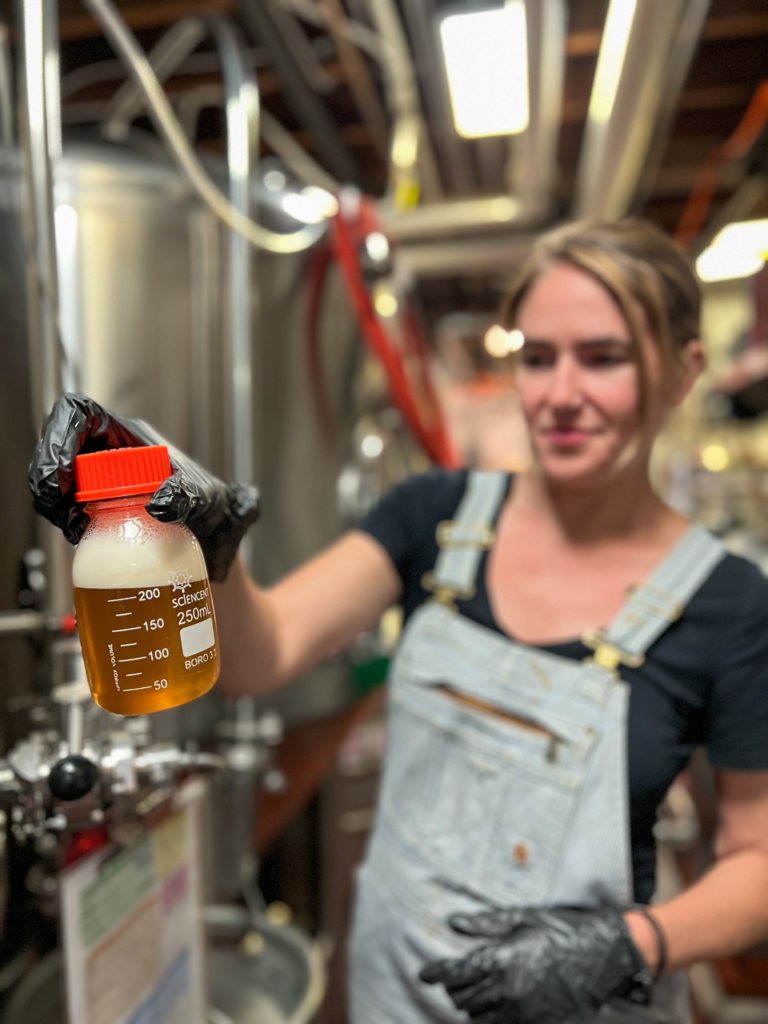
HOPPED: How does working as the Head Brewer at a brewery that has such a focus on sustainability impact your personal brewing style?
KIMMIE: I think what motivates me and keeps me going on 16-hour days is the fact that we are trying to do something here at Sage that’s a little different. Like connecting people to their food and talking to them about the importance of knowing where their food is coming from, and who are those farmers that are picking the food. It’s important for people to realize voting with their dollars really does affect local farmers. And that in turn can affect the climate on a bigger scale.
One of the biggest things that gives me hope about our climate crisis right now is regenerative farming. Regenerative farming is all about making the soil better than what you started with and trying to trap carbon from the atmosphere. We never use tilling practices because when you’re tilling you’re pulling up the soil, exposing the microbes, allowing them to die and now you just have dirt instead of this really active lovely soil that helps transfer nutrients. Plus you are releasing all that carbon that would have stayed safely in the ground out into the atmosphere. To be able to bring that ethos into the brewing space is really inspiring for me.
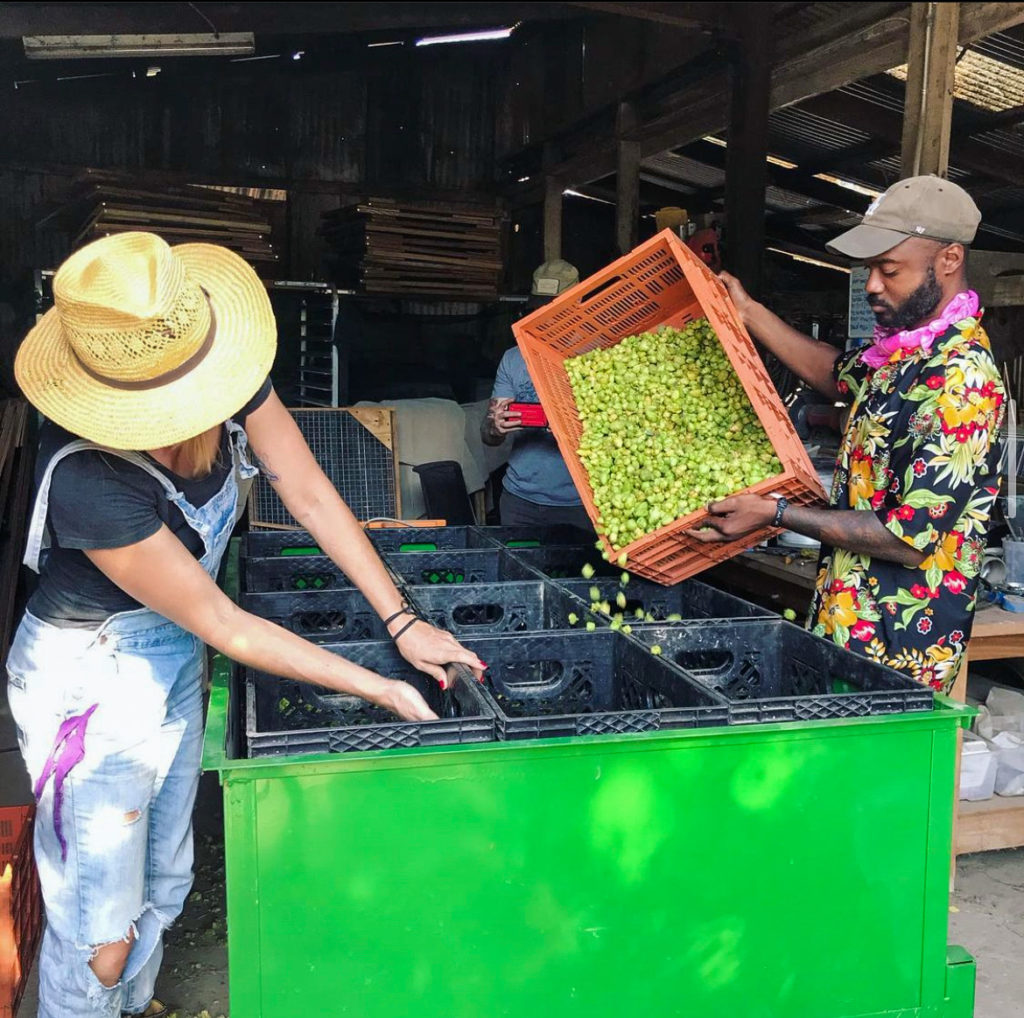
I also think being a part of the whole life cycle of our ingredients makes me respect the product even more. Seeing their growth from sprout all the way to harvest, and then putting them into the beer, I am invested in that process. If I drop a hop on the floor I am really sad because I understand the rain and sun that it took for them to grow and the labor that it took to harvest those hops.
HOPPED: Speaking of sustainability, how does Sage use its spent grain?
KIMMIE: We take it back to our farm – the animals there love it. Whenever you’re walking with a bucket of grain, chickens will start running toward you. Sometimes you’re in a field and you see like 200 chickens running at you which is a little disconcerting, but they really like the spent grain. The cows and the pigs also love spent grain. The reason we have animals on our farm is to assist in the regenerative farming practices. We use their manure as fertilizer and their hooves are really good at breaking the ground up a bit. You’ll also often see goats or sheep out between the hop bines acting as little lawnmowers.
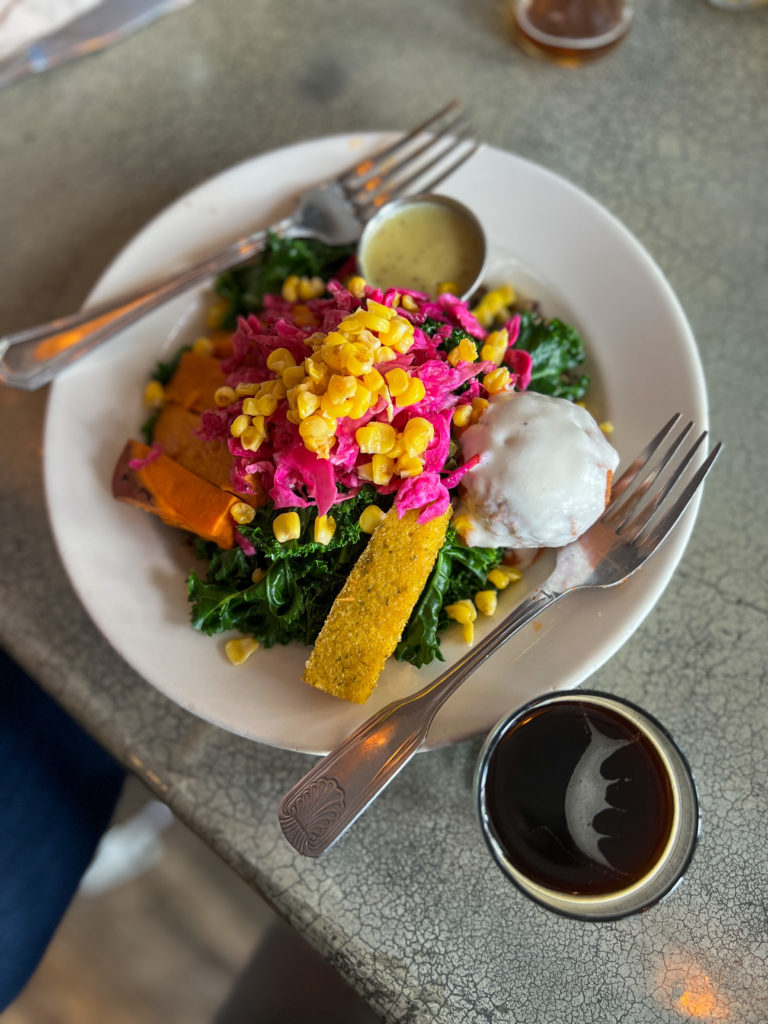
HOPPED: Every October there’s that rush to get fresh hops and immediately create a beer with them. Sage is also the only hop farm in Los Angeles county. Do you do a lot of wet hop beers and do you sell hops to breweries?
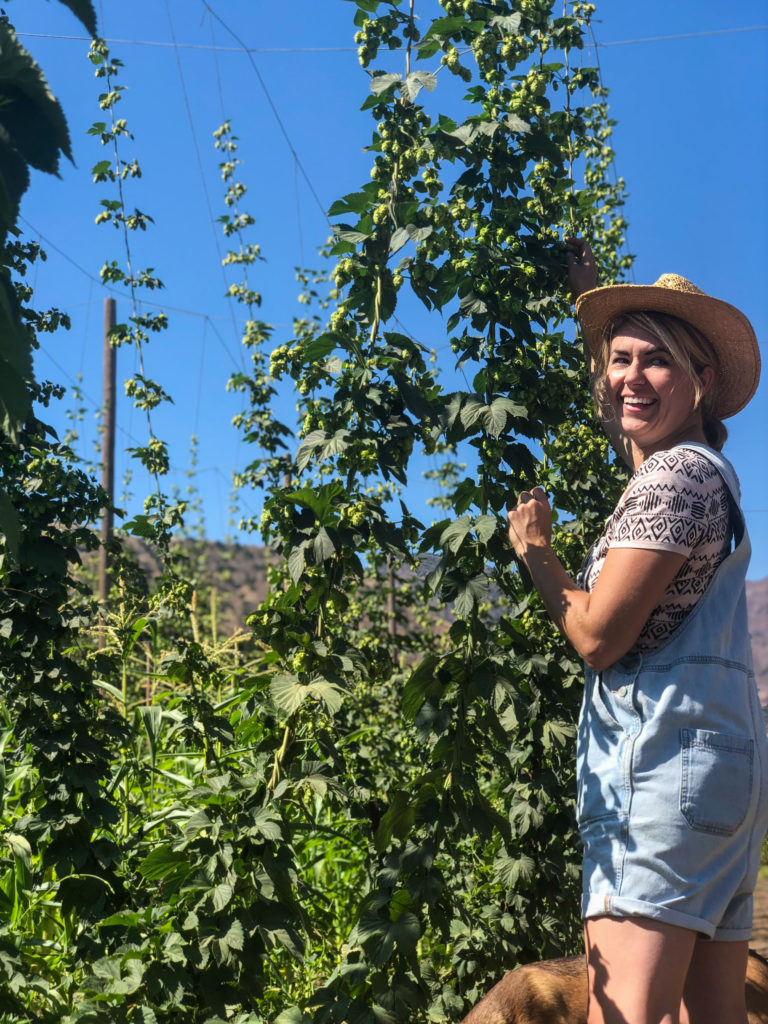
KIMMIE: We do have a one-and-a-half acre hop yard at the farm and tend to have a ton of Cascade hops. Hot tip for anybody wanting to use Cascade: it grows like crazy in Southern California. We get a couple hundred pounds a year off the Cascade. We have a few breweries that buy wet hops almost every year, and we’ll deliver depending on the orders, so people don’t have to pay overnight shipping. I always do a wet hop beer at Sage, and the rest we pelletize and use throughout the year.
One of the other focuses we have is utilizing items that would otherwise be turned into compost and giving them a second use. Take for example our Farmhouse Ale Kiss The Ground, which is a special beer that we donate 10 percent of the proceeds to the soil health foundation we partnered with. We take citrus from our farm, juice them for the restaurants and then I use the leftover orange and lemon peels. I char the lemon peels and then put them and the orange peels in the boil for the beer so they’re getting a second life when before they would have just gone to compost.
Composting is a big part of Sage’s ethos. Wasted food is our number three cause of global warming because it creates methane when it goes into a landfill. Any scraps we’re using pre- or post-consumer go back to our farm. Our friend Pedro, who lives on the farm, comes almost daily to all our restaurants to pick up all our food waste, then takes it back to compost and eventually, that will turn into great soil that will help grow the food we end up serving later.
HOPPED: We know that you’re also one of the leads of Pink Boots LA. How did you first start getting plugged into the Pink Boots Society?
KIMMIE: I literally was searching on the internet for pink boots. No seriously, I wanted pink brewing boots – like some steel-toed rubber boots, because I was gonna have to dress in overalls every day. I wanted something feminine. I originally joined because of the scholarships, but the connections that I’ve made and the lifelong friends are incomparable.
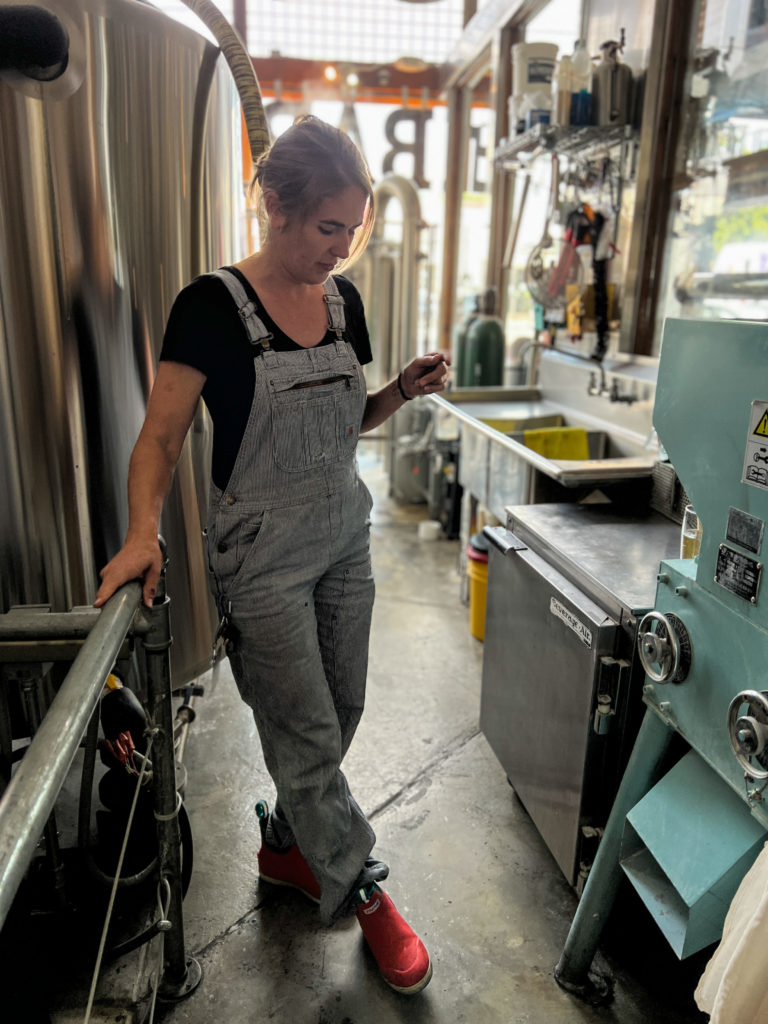
I need to shout out Mallory Jackson at Frogtown Brewery as she was one of the first people I met there and told me that Sage should join the LA Brewers Guild. There are so many women I respect in the brewing industry, and there are a lot of people that have been in the LA scene for a really long time. I do have a special place in my heart for a lot of the women that were there when Highland Park Brewery AGM Blanca Quintero restarted the LA Pink Boots Chapter. Blanca, obviously, Mallory at Frogtown, Chelsea Rosetter who just opened Benny Boy Brewing, and Kelly Erickson from Girls Who Like Beer. They make up a lot of our cabinet for Pink Boots and have been really helpful allies for me.
HOPPED: So now that things are opening up again, what is the plan for Pink Boots LA in the coming months?
KIMMIE: I think a great bonding thing for our chapter is when you can do an experience while learning. We did White Labs in December and we’re going to Admiral Maltings in April. We have regular meetups, it’s just a way to connect all of our members. And when the #MeToo movement happened in the brewery world, we hosted meetups if people just wanted to talk, or if they were going through some stuff or needed some resources. We just wanted to let them know there are people around that can be your support.
HOPPED: We know a ton of different breweries participated in the Pink Boots Brew this year. Can you give us a little preview of what people can expect?
KIMMIE: We had a really good turnout this year for the collabs. They’ve started to come out the last couple weeks and will continue for a few more weeks. You can actually brew a Pink Boots beer throughout the year but typically breweries align the brew around International Women’s Day.
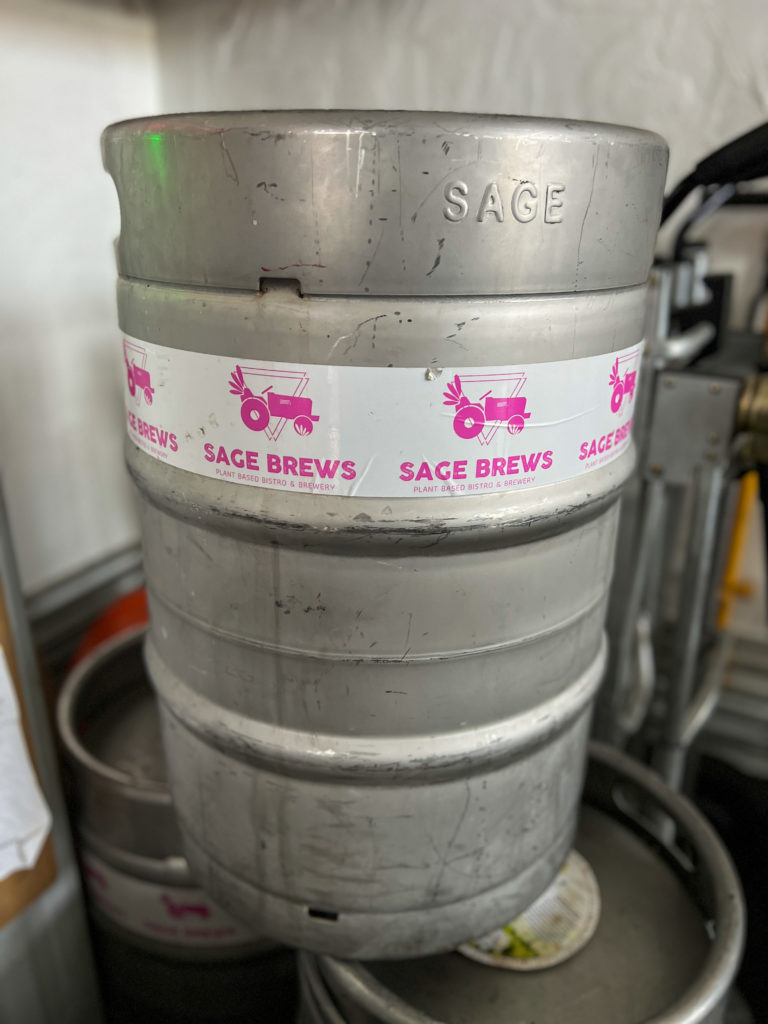
This year’s blend was HBC 630, Idaho Gem, Loral, Talus, and Triumph hops. A portion of the proceeds from the Yakima Chief Hops sales go back to Pink Boots national which helps to educate, support, and inspire women and/or non-binary individuals in brewing. We have multiple variations on what style breweries brewed for their Pink Boots beer this year which I love to see; we have West Coast beers, hazies, Belgian IPAs, and Belgian Lagers.
The other way that helps us is that typically breweries register with the Pink Boots website and will add some sort of donation calculated either by the pint or just an overall donation. They can choose the chapter they want to give to and then that chapter specifically gets a bit more of the funds. It’s a huge help to allow us to do these trips and provide scholarships and meetups.
HOPPED: What advice do you have for women that are interested in getting into brewing?
KIMMIE: Get to know some allies and ask a lot of questions without embarrassment. I think women more than men suffer from imposter syndrome, and rightfully so, as they are often discredited. For the first few years, I didn’t want to ask anyone anything because I thought it would let on how green I was. But I really could have helped myself out by asking for advice. If you can get past that feeling and find people you trust to ask your seemingly stupid questions, it will accelerate your learning immensely. Joining Pink Boots was a great way for me to get comfortable doing that.
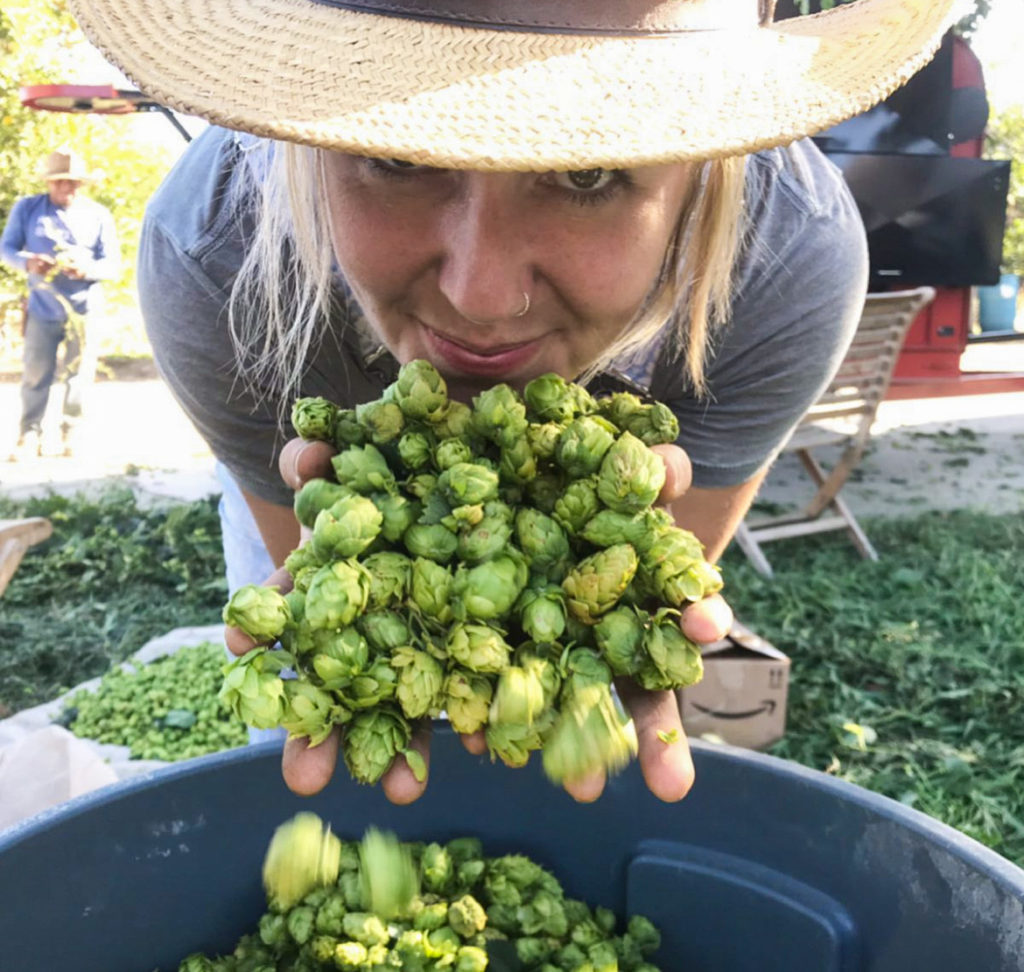
HOPPED: What do you have coming up? What are you excited about?
KIMMIE: Obviously I am extra excited about the Pink Boots collaboration that I helped with at Frogtown called Sowing Season. It’s a West Coast IPA with lemon verbena, lemongrass, grapefruit zest, and tart lemon. It’s a really fun one that just came out. And it was also really fun to collaborate even down to the labels on trying to meld two different brands. We have our five-year anniversary coming up in May for the farm and the brewery. So we’ll be doing a lot of events based around that and have an Oaked Persimmons Saison coming out for it. And then it’s a little ways off but hop harvest is always my favorite time of the year. It’s a lot of work but you get to be outside on the farm and it’s beautiful.
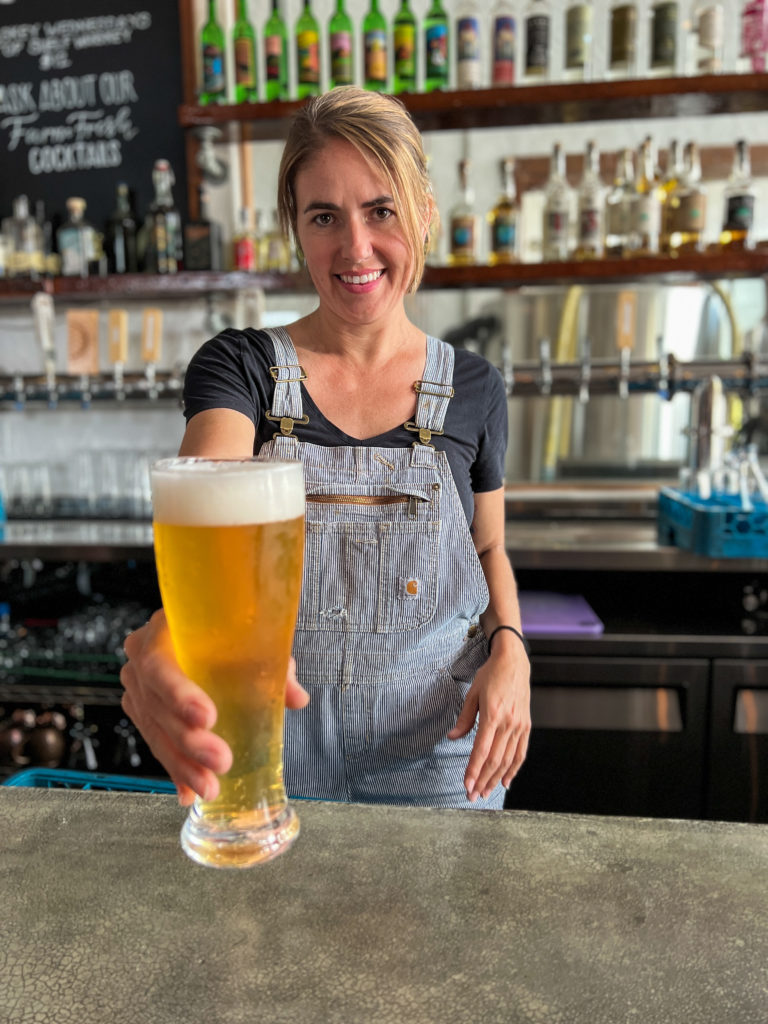
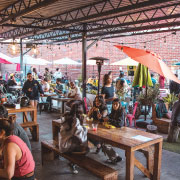
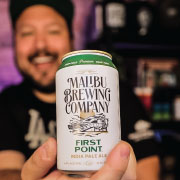

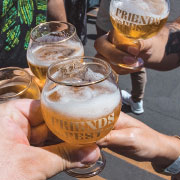
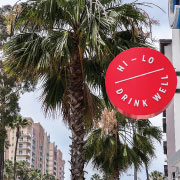
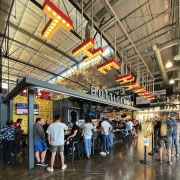
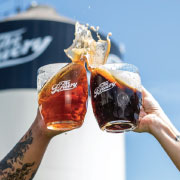
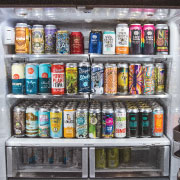
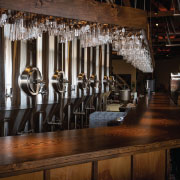
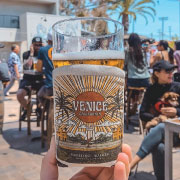
 Cambria Findley-Grubb
Cambria Findley-Grubb Mark Smolyar
Mark Smolyar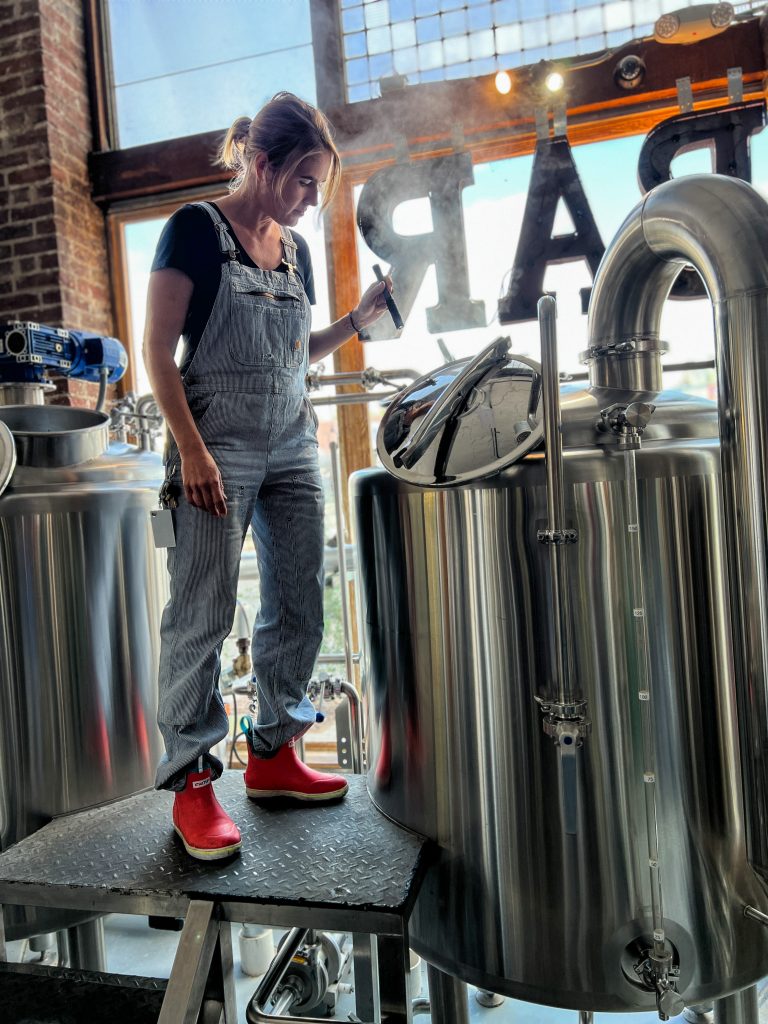
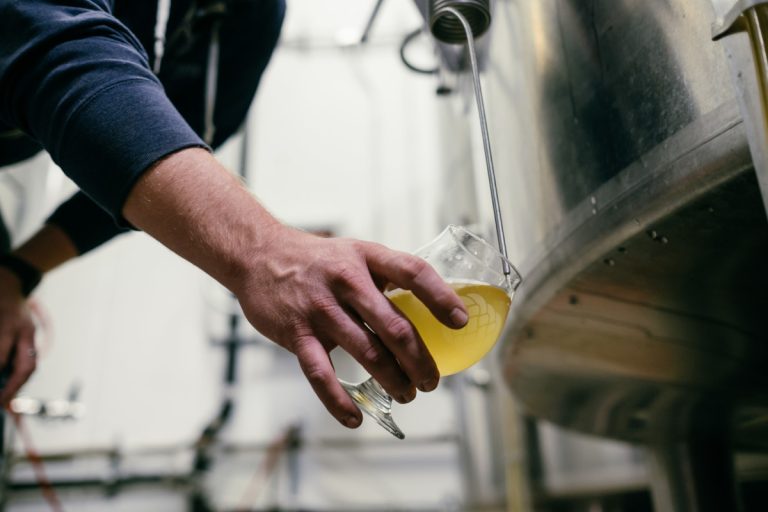

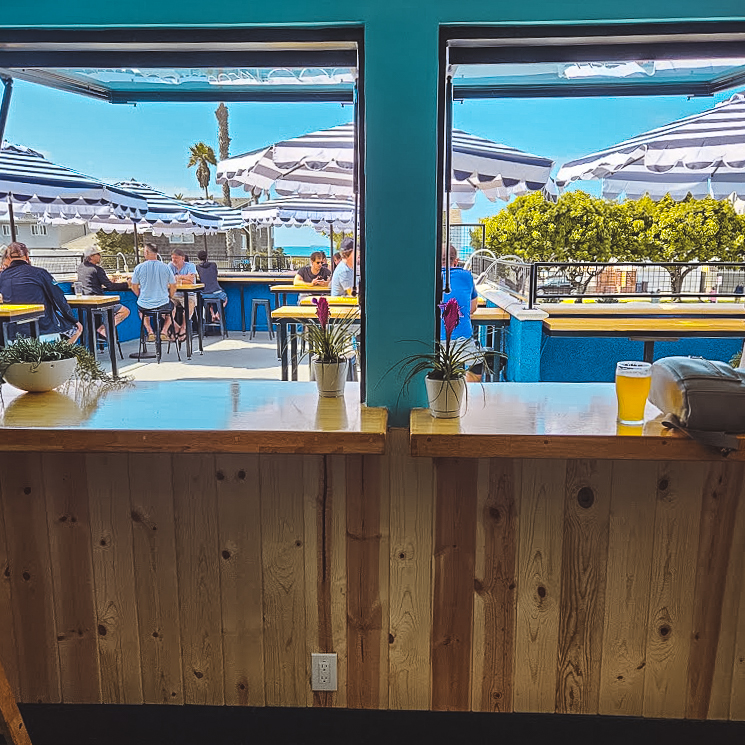


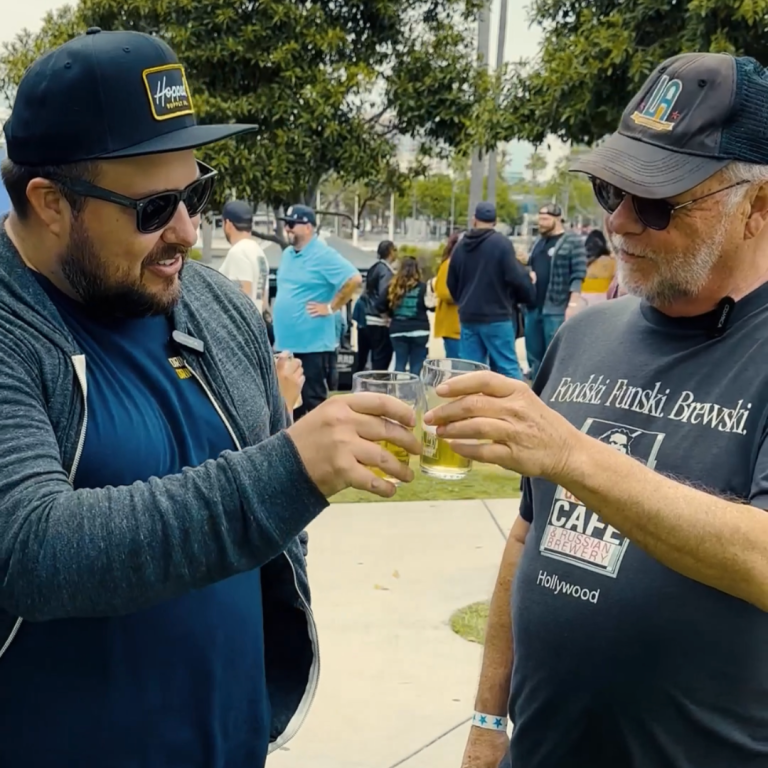
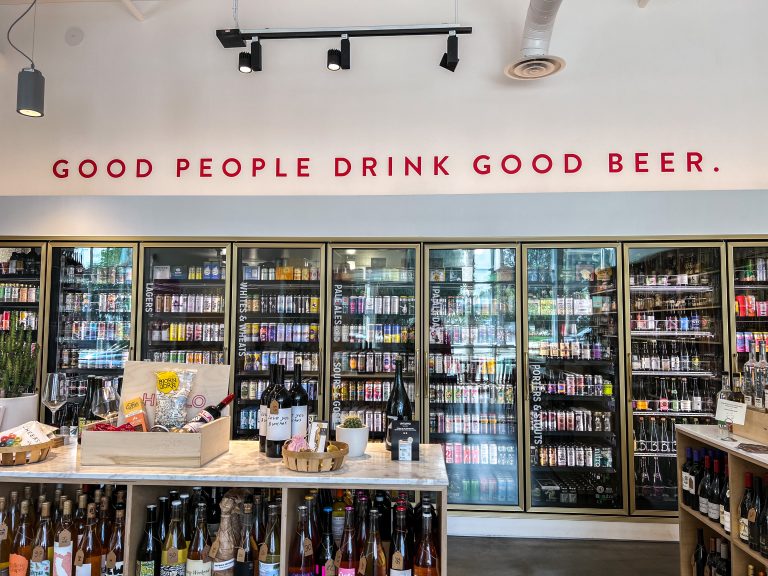
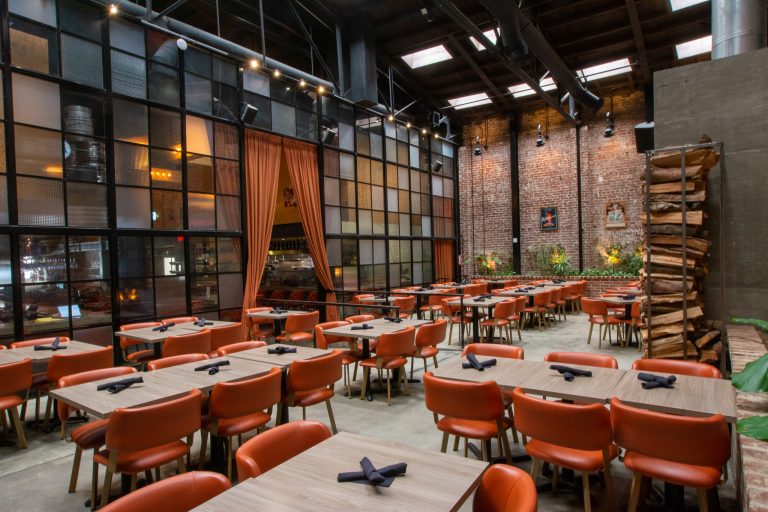



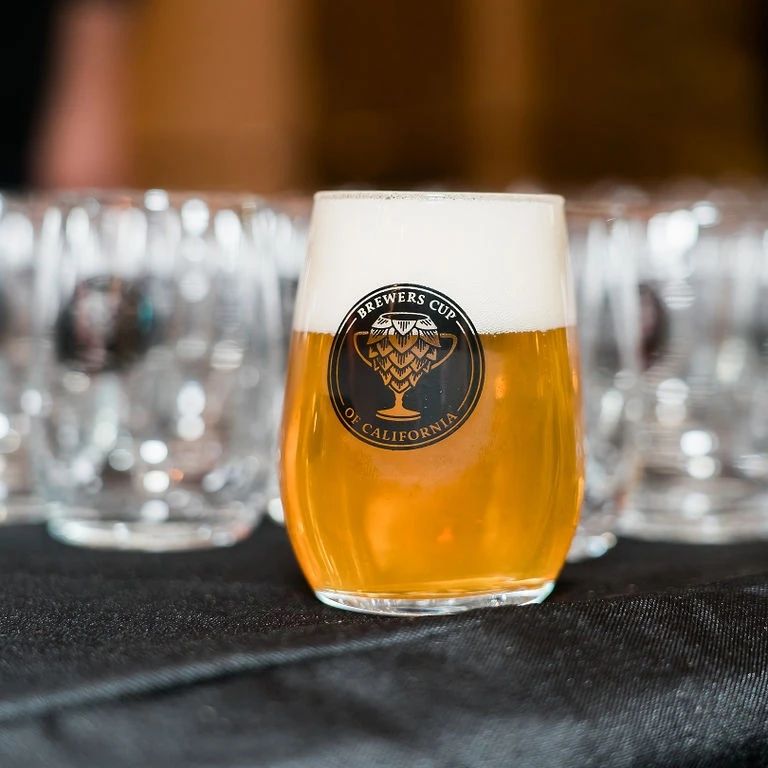
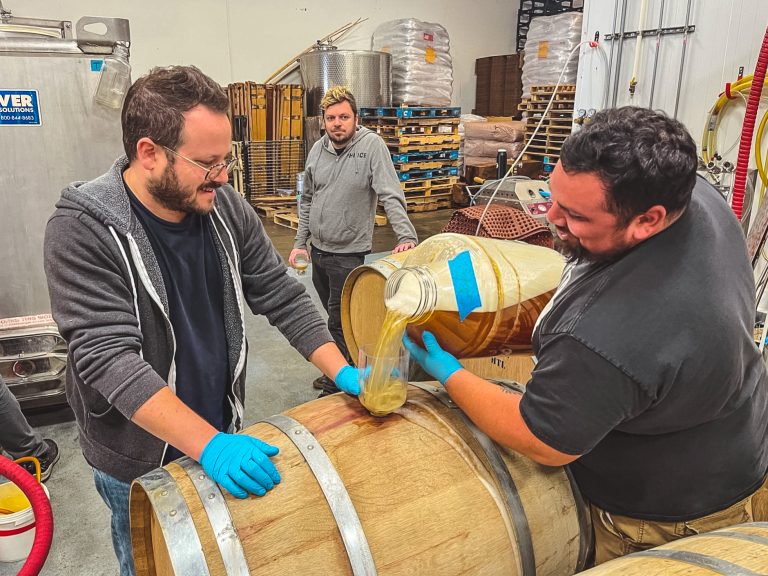
2 thoughts on “Women in Beer: Kimmie Rice of Sage Bistro & Brewery”
Love this!! You’re doing a great job Kim!🥰
I am so proud of you, Kim
Great job!
Love, Mom